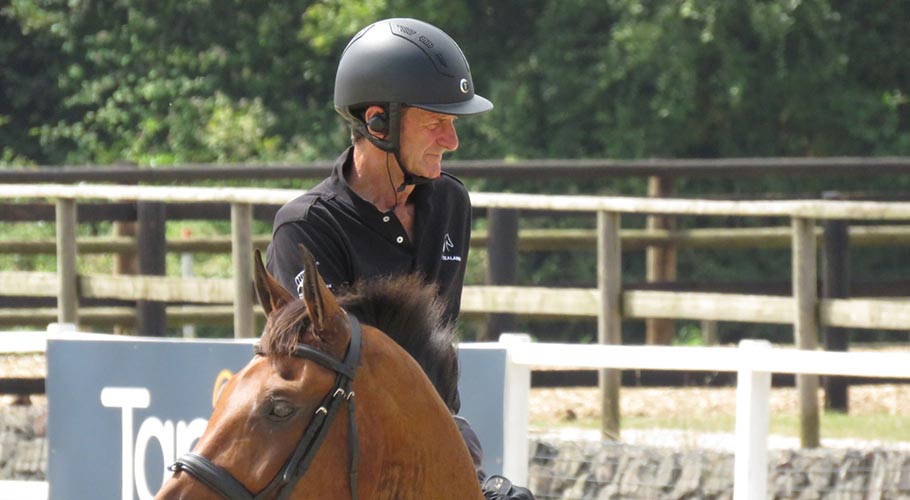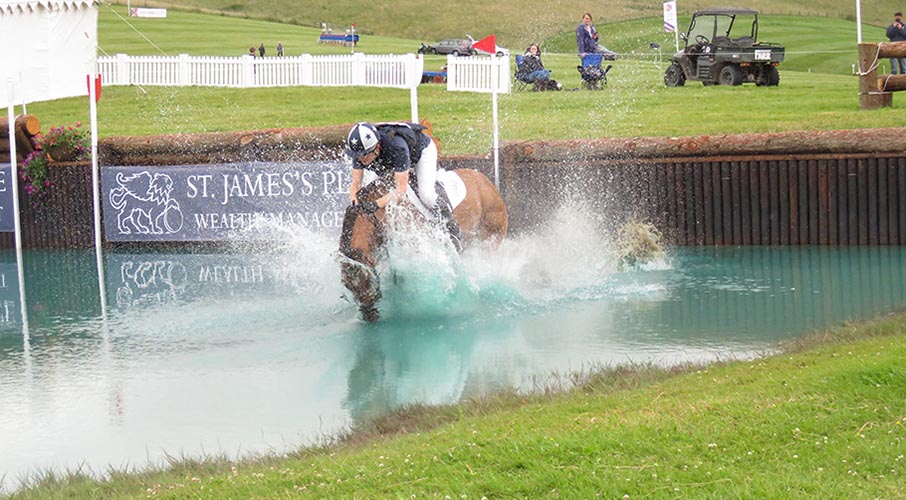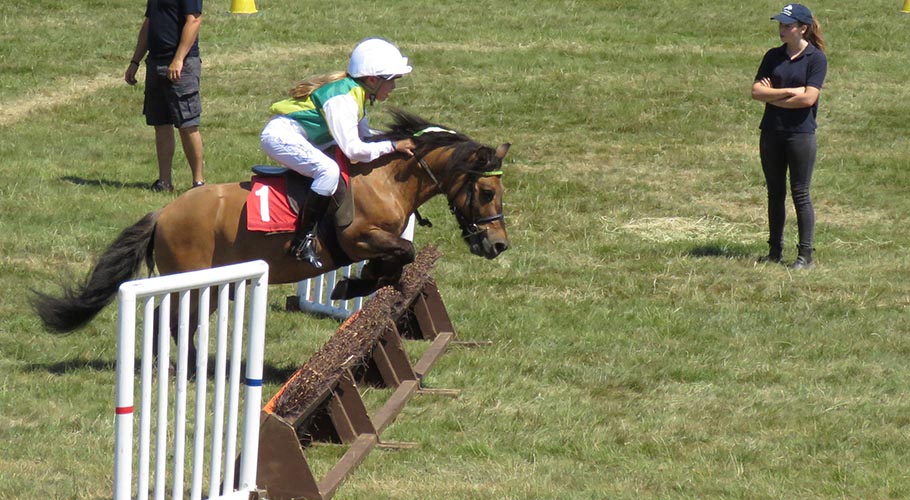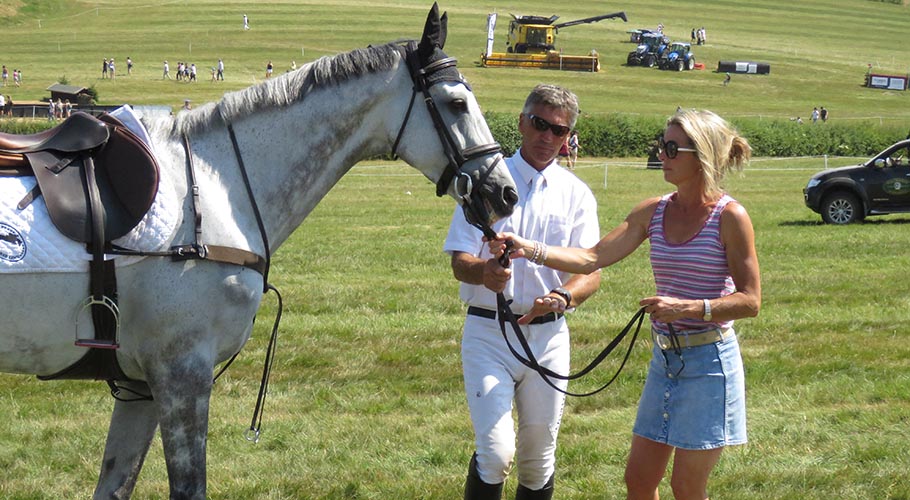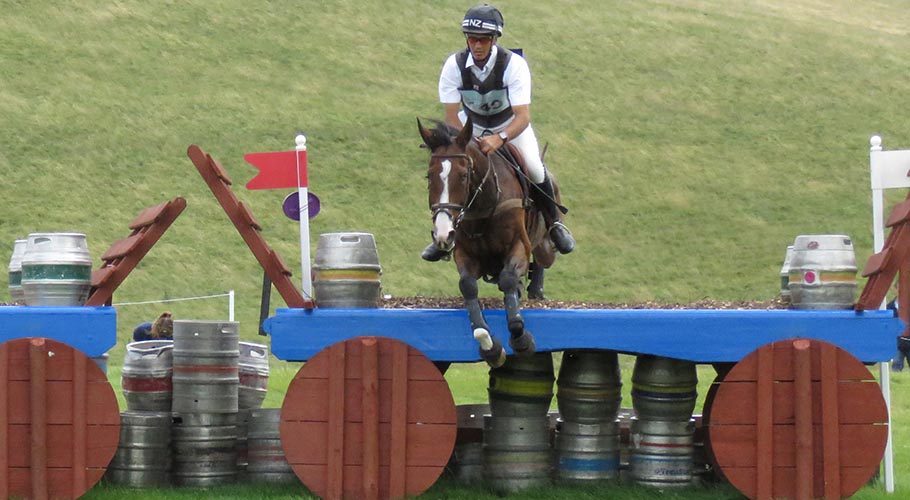The pony who's surviving Equine Grass Sickness - a relatively unknown, but often fatal condition
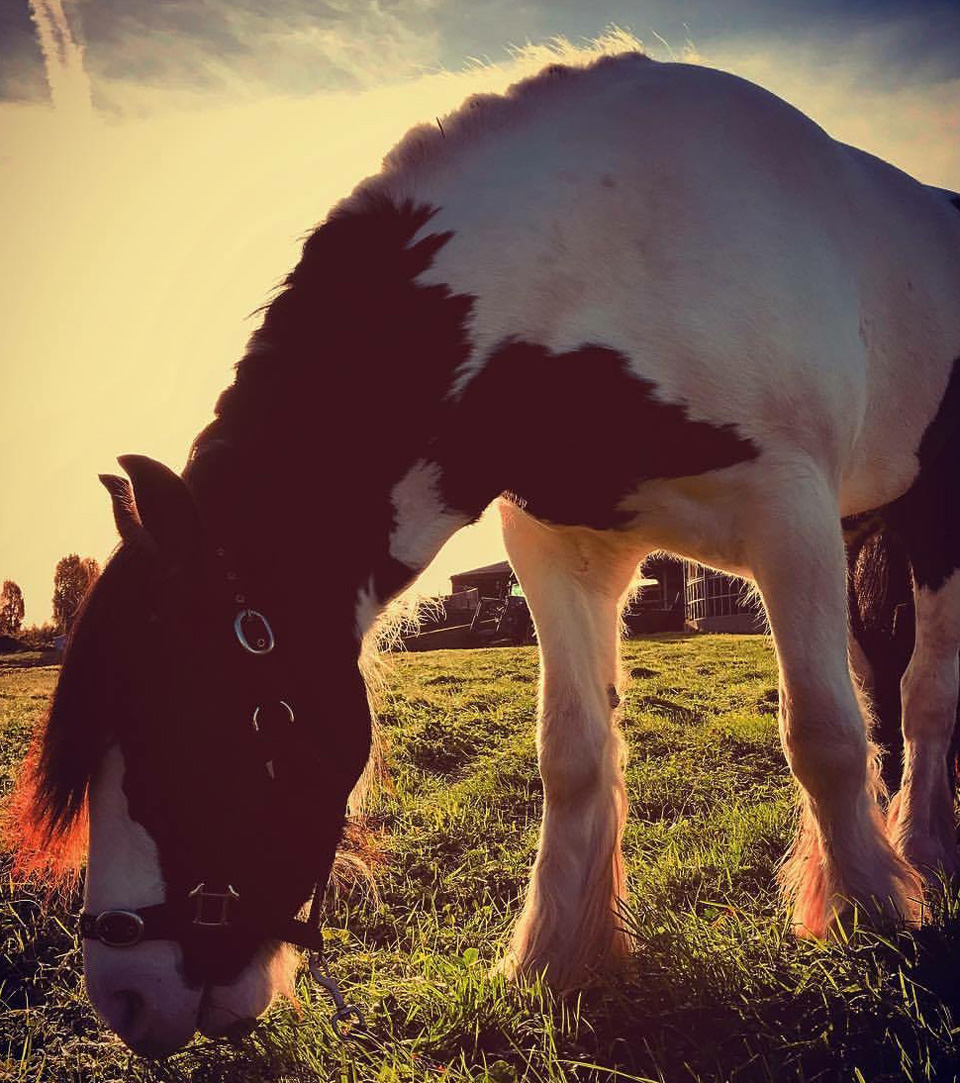 EdwardEquine Grass Sickness (EGS) is something most people who are involved with horses have heard of, yet many - like myself - are probably unaware of what it may involve.
EdwardEquine Grass Sickness (EGS) is something most people who are involved with horses have heard of, yet many - like myself - are probably unaware of what it may involve.
EGS is a rare disease of horses, ponies and donkeys in which there is damage to those parts of the nervous system that control involuntary functions. This produces the main symptom of gut paralysis.
Despite research, the cause is unknown, but due to the nature of damage to the nervous system, it is believed that a type of toxin is involved. Indeed very little is yet known about this disease.
For those horses unlucky enough to contract this disease it is most often a death sentence. It currently has a mortality rate in excess of 85 per cent. However some cases do survive.
In hindsight, my personal experience of EGS, began in June of this year when I moved Edward, my spirited three year-old gypsy cob, from where I worked in Berkshire to a grass livery in Burbage, Wiltshire. On October 8 he was diagnosed with EGS.

 Looking back his symptoms were very subtle. He wasn't his normal bouncy self, and I reasoned he was just settling into his new environment. At the end of August he developed a thickening of his gums along his cheeks, which I attributed to him being a three year-old who was shedding his caps. So he saw a dentist.
Looking back his symptoms were very subtle. He wasn't his normal bouncy self, and I reasoned he was just settling into his new environment. At the end of August he developed a thickening of his gums along his cheeks, which I attributed to him being a three year-old who was shedding his caps. So he saw a dentist.
In mid-September he had a bout of mild colic. He had broken into the lush end of the field the night before, developed elevated gut sounds and was treated for a gassy colic.
On the morning of the October 7, I went to the paddock where I lunged Eddy. I then poo picked the field - followed around by a cheeky cob who kept pushing the wheelbarrow over. All appeared to be normal!
By 1.30pm the same day, I had a 'phone call from the lady I shared the field with: "Ed's not right he's drooling and shaking".
He was initially treated as a mild colic and potential choke case. He seemed to improve a little, but by the following morning he still wasn't right so he was admitted as an inpatient and later given the diagnosis of Equine Grass Sickness.
His main symptoms were depressed eyes, reduced gut movements (he did not pass any droppings for nearly 36 hours), muscle tremors, patch sweating, squeaking associated with esophageal pain and Rhinitis sicca - which means the mucous membrane of the nose is abnormally dry.
His heart rate was static around 66 Beats per Minute (the normal rate is 28-44 BPM.) He had a respiratory rate of 14 (normal is 8-16.) And a temperature of 38.5c (normal is 37.5-38.5c)
For the first 48 hours he was on intravenous fluids, IV electrolytes and pain medication. He was willing to try a mouthful of feed, apples, carrots, pears which all varied from one mouthful to the next - Mashes, alfa/chaff, nuts, mixes sugar beet - wet one minute to dry the next.
The only thing he has consistently eaten is grass. There have been major highs where he would eat anything offered - to major lows where even grass couldn't tempt him.
Day 20 was a very bad day. He started the day with colic, was extremely depressed, lying down a lot and could not be tempted to eat. He moved away from people and just wanted to be left alone.
For a pony who loved people and life I questioned if this was the end of his fight, and I almost called it a day. But Ted is a tough pony and by midnight he ate one mouthful of grass.
Right now he has past the five week mark and his current total weight loss is 73kgs which is approximately 14 per cent of his body weight. Although not out of the woods yet, he is improving.
His personality is slowly coming back, he is quite frequently seen dragging staff to his turn-out pen. His Rhinitis sicca has all but gone, his appetite has picked up and he now stands at the front of the stable interested in meal times.
He has been seen to tip a wheelbarrow over and has even broken out of his turn-out paddock.
Intensive nursing and love from a great team have got him this far. We still have a long way to go and only time will tell how complete his recovery will be.
EGS is classified into three broad sub-forms, based on the duration and severity of clinical signs:
Acute EGS (about 47 per cent of cases)
- acute EGS presents with severe clinical signs which have a sudden onset
- acute cases die or require euthanasia within 48 hours
Subacute EGS (about 20 per cent of cases)
- subacute cases present with moderate to severe clinical signs moderate with a sudden onset
- subacute cases survive beyond 2 days, but die or require euthanasia within 7 days
Chronic EGS (about 33 per cent of cases)
- chronic cases present with moderate clinical signs which can have a variable onset
- an EGS case surviving beyond 7 days is classed as having the chronic form of EGS
The symptoms of EGS include:
- Colic – can be intermittent or continuous and tends to be moderately painful
- Depressed/sedated appearance of the eye
- Muscle tremors
- Patch sweating across the body, not associated with an elevated temperature
- Complete absence of gut sounds (ileus)
- Difficulty swallowing (dysphagia)
- Reduced appetite to complete anorexia
- Excessive salivation and drooling of saliva
- Reflux of gut contents (nasogastric reflux)
- Abnormal faeces – no faeces or small, hard pellets coated in a thick off-white mucus coating or a black coating
- Rhinitis sicca – 'dry nose' – thick mucus nasal discharge, or accumulation of drying mucus casts within the nasal passage which can result in “snuffling”, noisy breathing
Other symptoms associate with EGS are dental issues and playing with water. There is plenty more information about the disease on these two website - one and two.
Edward has his own Facebook page to help spread information about EGS: Teds Tales - A Fight against Equine Grass Sickness.









